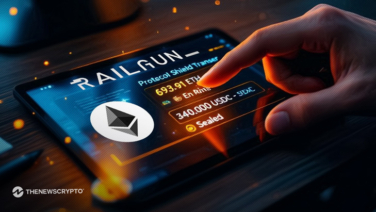- Vitalik Buterin explores the impact of glue and coprocessor architecture on modern computing.
- This separation improves performance and scalability in fields like cryptography.
Vitalik Buterin’s recent exploration into modern computing highlights a key trend: the division of tasks into “business logic” and “expensive work,” managed through a “glue and coprocessor” architecture. This approach revolutionizes various fields, notably cryptography, by enhancing efficiency and modularity.
In computing, business logic handles the general, less intensive tasks, while expensive work deals with high-demand operations. For example, in the Ethereum Virtual Machine (EVM), business logic includes operations like balance adjustments, while expensive work covers storage reads and cryptographic functions. Similarly, AI models use Python for high-level logic and GPUs or ASICs for intensive computations.
This separation benefits cryptography, particularly in programmable cryptography systems like SNARKs. These systems often involve complex, structured computations like hash functions and signatures. Developers can achieve high efficiency without sacrificing generality by employing specialized modules for these expensive operations. This allows cryptographic computations to become more practical and scalable.
Vitalik Buterin’s Perspective on Crypto Efficiency
The glue and coprocessor model enhances crypto applications by optimizing the two distinct parts of the computation. Glue components focus on general tasks, making systems more user-friendly and accessible. Meanwhile, coprocessors handle specific, intensive tasks with maximum efficiency. This dual approach not only improves performance but also preserves security and openness.
Furthermore, this architecture aligns with the growing trend toward modular computing. As cryptographic tasks become more specialized, the need for efficient, dedicated modules increases. For instance, dedicated modules for ZK-SNARKs or multi-party computations can significantly reduce the overhead associated with general-purpose virtual machines.
The glue and coprocessor architecture is a game-changer for cryptography. It facilitates the development of more efficient and secure cryptographic systems. This trend opens up opportunities for innovation and collaboration, allowing smaller players to contribute and benefit from advancements in the field.
Highlighted Crypto News Today
Bitcoin Miners Face Revenue Drop in August Amid Rising Difficulty








